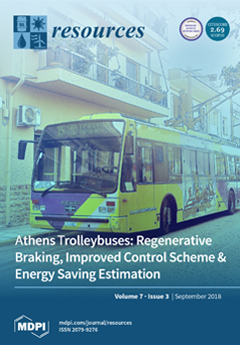The unchecked growth of
Eichhornia crassipes can cause significant harm, including covering of the water surface, depletion of oxygen, clogging of river channels, and promotion of the breeding of flies and mosquitoes. These effects can significantly impact farmland irrigation, water transportation, and human
[...] Read more.
The unchecked growth of
Eichhornia crassipes can cause significant harm, including covering of the water surface, depletion of oxygen, clogging of river channels, and promotion of the breeding of flies and mosquitoes. These effects can significantly impact farmland irrigation, water transportation, and human health. However, methods for controlling its growth are not ideal, and control using biological and chemical agents can result in secondary pollution. The utilization of
E. crassipes as a resource, for example, as animal feed or organic substrates, can not only turn waste into valuable resources, but it can also solve the problem of its growth, thus bringing about economic and ecological benefits. In this paper, the growth and ecological characteristics of
E. crassipes, its nutrient composition, and resource utilization approaches were reviewed. The challenges associated with the large-scale utilization of
E. crassipes were also analyzed in order to provide references for the control and resource utilization of the species. Regarding challenges such as the difficulty of cultivation and the high cost of harvesting and dehydrating, it is necessary to investigate the proper water surface and coverage characteristics of
E. crassipes cultivation to assure adequate biomass and protect the ecological landscape. It is also necessary to evaluate the effect of
E. crassipes cultivation on the health of aquatic ecosystems and the safety of the water environment in order to prevent the significant potential ecological and environmental risks. In addition, developing portable, high-efficiency facilities to promote the effectiveness of harvesting, transportation and dehydration are needed, as well as further improvement in the techniques of utilization and assessment of the economic value.
Full article





